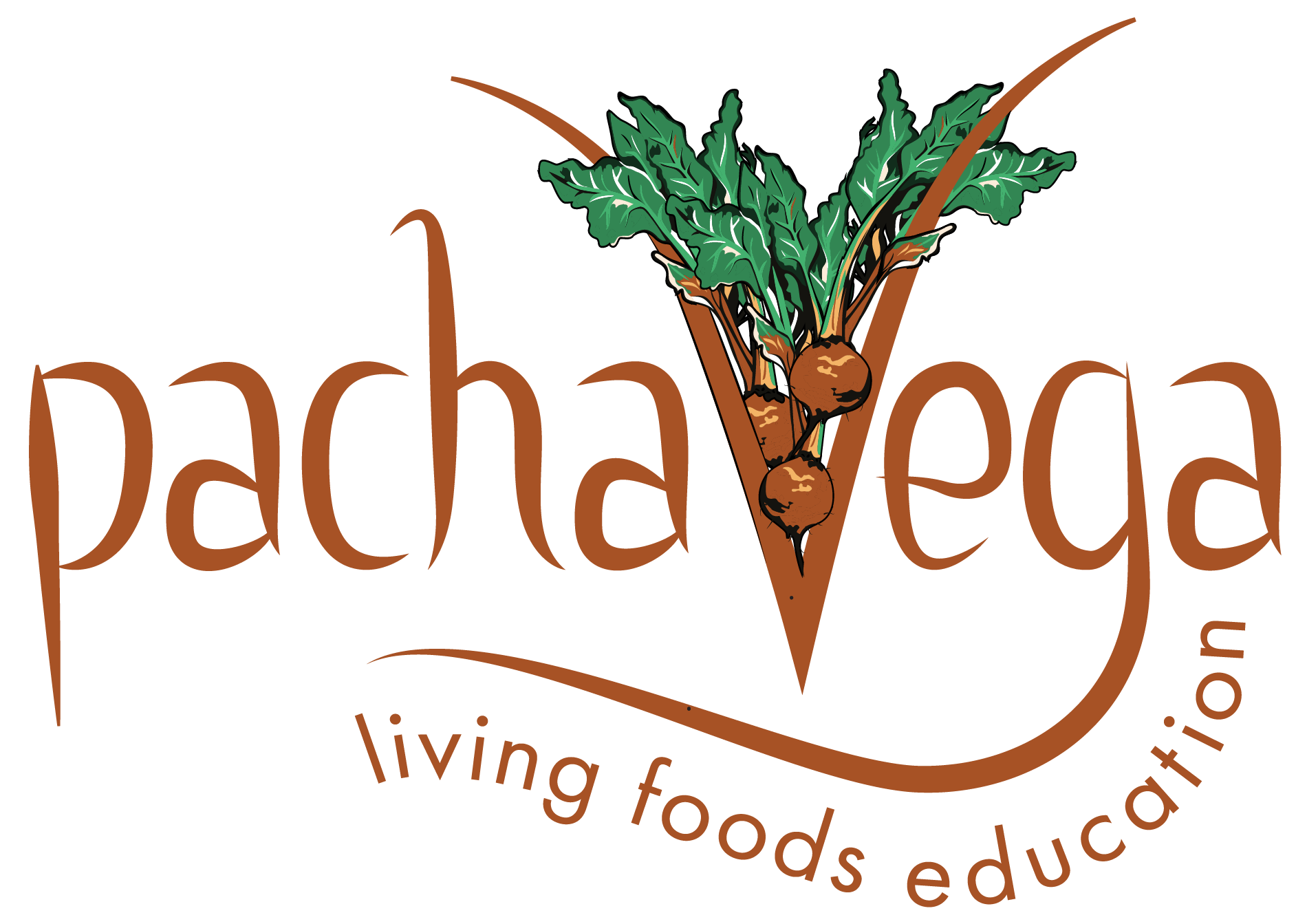
Your Guide to Staying Healthy & Eating Fresh on Road Trips

Your Guide to Staying Healthy & Eating Fresh on Road Trips
I’m fortunate to eat fresh veggies straight out of the garden and from local markets now, but as our approaching 2 month-long, living-in-the-back-of-a-truck honeymoon begins, I ask myself, how can we eat raw on the road? And better yet, how to pack fresh foods for expeditions deep in the forest for days on end? We aren’t just touring. We’ll be rappelling over waterfalls, caving in the deepest cave in Canada (aka. ‘Heavy Breather’), climbing mountainous monoliths and hiking in the backcountry of some of the most remote areas of the United States, the interior of Utah. We’re going to need sustenance, and plenty of it.
When coaching clients or for my own personal eating habits, I believe, it’s not about trying to become 100% raw. It’s a day-to-day choice coupled with a little foresight. Both my husband-to-be and I strive to eat as many unprocessed foods and as much organic, local produce as we can. At the moment of choice, there are those who can choose to eat raw or eat cooked, or really eat anything we want. That is our power of choice, and we are so fortunate to have such a choice. When on the road, our choices may be limited, especially where my fiancé and I end up – in the middle of nowhere. As my father would say, ‘beggars can’t be choosers’. And well, the only thing saving me from eating the lone apple, half wrinkled, sitting in a basket at the end of the convenience store countertop is foresight and preparation. (I would still probably eat the apple, crossing my fingers that it was organic!)
Dehydrated Foods – How did the Native Americans preserve their food for long days on the prairie? They dried their summer bounty in the sun. Thanks to modern appliances, I have my own little drying sun, the Excalibur dehydrator. For a week before our departure, I made 10 trays of crackers – Lemon Dill Black Walnut and Kale Garlic Hemp Crackers. Yummy! We now have a seemingly endless supply for two months and it really only took me a few hours to make the ‘dough’ and spread it and the patience of letting the dehydrator do its thing for 12-18 hours at 115 degrees.
Dried Fruits and Veggies – Of course then there are the abundance of dried fruits we can stock up on – pineapple, bananas, mulberries, Incan berries, apple rings, apricots and goji berries. un-dried tomatoes are also great for snacking on. Chop up a bunch of carrots, celery, onion and kale, toss with olive oil, a few pinches of salt and dried Italian spices, then dehydrate. A little later on when you are camping and it turns a bit chilly, just add warm water to this little veggie medley and Voila, you have your own soup!
Greens and Superfood Powders – Instead of bringing individual jars of powdered greens and superfoods, we thought; why not just mix them all together! This is in our mash-up: Vitamineral green, broccoli sprout powder, spirulina, shilajit, chaga and reshi medicinal mushrooms. We also made a sweeter mix. It’s nice to take a break from green tasting everything! Our sweet mix: Cacao, Maca, Lucuma, Mesquite and ground Chia seeds.
Nuts & Seeds – Don’t forget the nuts and seeds… walnuts, sunflower seeds, almonds, hemp hearts, sesame. You can sprout them and dehydrate them before hand or purchase pre-soaked and sprouted nuts and seeds. If you are keen on flavor, you can make your own mixed nuts with additional spices.
Here are two amazing recipes – and when you are going on a long vacation, you can even double or even triple the recipe:
Green Nuts:
- 2 cups sprouted walnuts
- 1 cup pumpkin seeds
- 1 cup sunflower seeds
Instructions: Mix the following together in a separate bowl: ½ cup lemon juice, 2 tbsp of coconut aminos, 1 tbsp of coconut nectar, ½ tbsp of minced garlic, 2 tsp of minced ginger, 2 tsp of spirulina. Toss all together until the nuts are well coated and dehydrate for 10 hours, flipping after 3 hours.
Cinnamon Raisin Nuts:
- 3 cups of sprouted almonds
- 1 cup hemp hearts
- 1 cup of raisins
Instructions: Pre-soak the raisins for 3 hours in filtered water. Rinse the drain before blending the following together in the Vitamix or blender: 3 apples, ½ cup shredded coconut, 1 tbsp of coconut nectar, 1/2 tbsp of cinnamon, 2 tsp of nutmeg, 1 tsp of vanilla powder or extract, a pinch of salt. Add to the almonds, hemp hearts and raisins, toss all together until well coated and dehydrate for 10 hours, flipping after 3 hours.
Drink Water – One thing to always keep in mind… be sure to drink lots of water when consuming dehydrated foods. They are, well, dehydrating. Before being able to properly assimilate the vitamins and minerals found within the fruit, your body must rehydrate them and if you are not drinking enough water, the fruit will take up the water you already have within. And when you are deep in the desert looking for gold, you might get a little thirsty. If you are a little more thirsty than normal, reach for Coconut Water. Whether canned or powdered, young coconut water is bursting with electrolytes and trace minerals. It also helps you stay hydrated.
Fresh Food – Here is a little list of fresh fruits and veggies that can withstand a beating and don’t mind the warm temps.
Pineapple – With a hard rind, it’ll stay solid and get only sweeter with time. Pineapple also has Bromelain, a natural digestive enzyme which has anti-inflammatory effects.
Carrots – A big bag last longer than a week and they don’t need to be refrigerated.
Avocados – When they are immature, they are perfect to carry around… as they soften treat them well. Sprinkle with a little chili power and Himalayan salt and a drizzle of fresh lemon juice! Yum!
Cabbage – This stout ball of compact leaves can do with a little rough and tumble. When ready to eat, just peel away the outer layers. I like to toss cabbage with salt. The salt will draw out the cabbages bitter juices and soften it up a little. Add Ethiopian berebere spice for an interesting combo.
Apples – An apple a day… short on bruising, treated well, these iconic fruits will last a long while in the backpack.
Seaweed – Nori sheets and dulse flakes are amazing on the road. You can roll anything up with a raw nori sheet, such as mashed avocado and spinach with some sun-dried tomatoes and a pinch of salt. I think there may even be some dulse flakes already in our greens mash-up powder. Add a pinch of wakame flakes and a tablespoon of miso to hot water for a yummy brine before bed.
Dried Herbs & Spices – After a while on the road, one can get accustomed to a limited palette. Bring a swath of dried herbs and spices and change your avocado into an Indian curry avocado, dill and tarragon avocado or a chocolate dream avocado with a little bit of cacao powder and coconut nectar.
Tea – Brew your own cold infusion of rooibos tea. Tulsi or Holy Basil tea is also an amazing road companion.
Be Open to Local Fruits & Veggies – When you’re unable to choose organic, try to stay away from the ‘dirty dozen PLUS’. This list of produce is the highest ranking in harmful pesticide residue according to the Environmental Working Group. You can aim to reach for the ‘clean fifteen’, which EWG has publicized as fresh produce that ranks the lowest in pesticide residue.
THE DIRTY DOZEN PLUS
- Apples
- Strawberries
- Grapes
- Celery
- Peaches
- Spinach
- Sweet bell peppers
- Nectarines
- Cucumbers
- Potatoes
- Cherry tomatoes
- Hot peppers
- Kale/collard greens
- Summer squash
THE CLEAN FIFTEEN
- Onions
- Sweet corn
- Pineapples
- Avocado
- Cabbage
- Sweet peas
- Asparagus
- Mangoes
- Eggplant
- Kiwi
- Cantaloupe (domestic)
- Sweet potatoes
- Grapefruit
- Papayas
- Mushrooms
Most of all take only photos and leave only footprints in the great wild yonder we call nature.
Read the original publication here.
